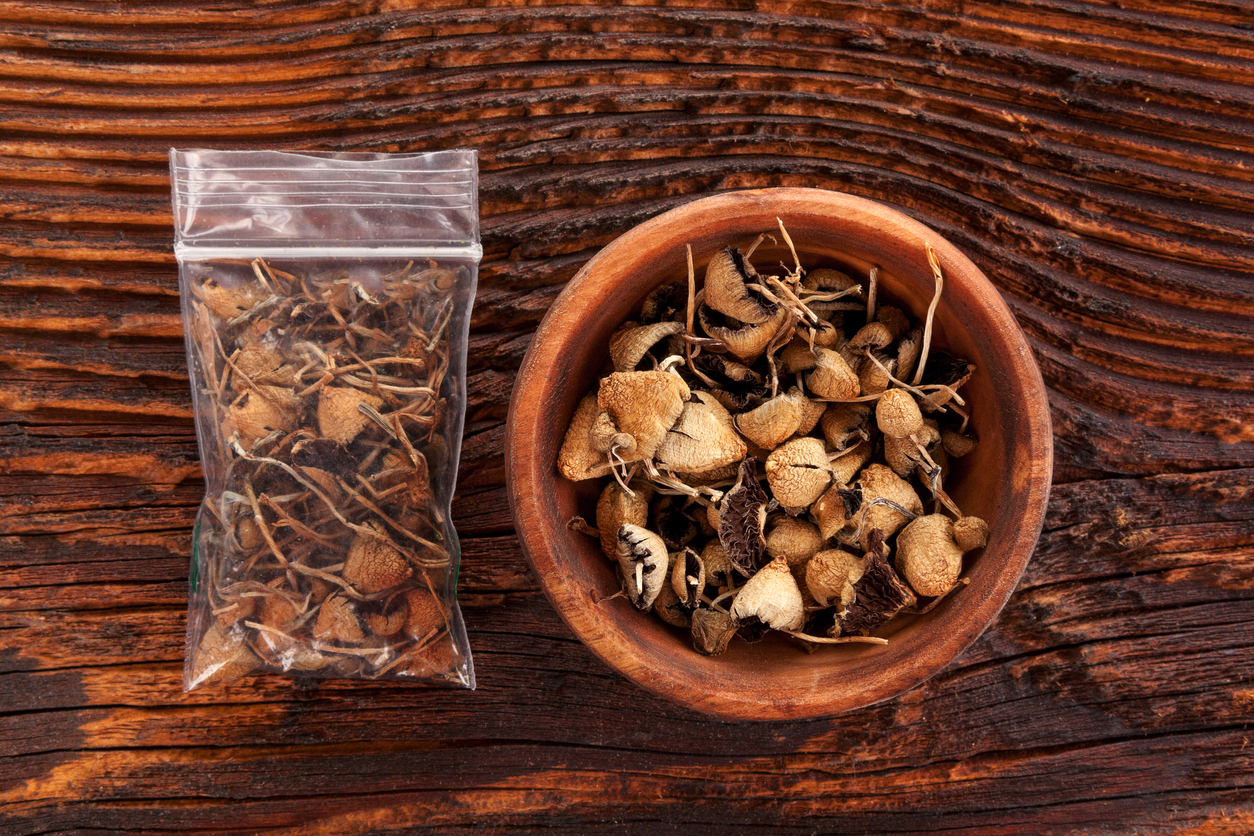Did Timothy Leary have it right? There is more interest these days in research into the use of psychedelic drugs as a therapy for many conditions and the FDA is getting on board by publishing a guidance document entitled Psychedelic Drugs: Considerations for Clinical Investigations Guidance for Industry (here). The guidance notes that the “U.S. Food and Drug Administration (FDA or Agency) is issuing this guidance to provide general considerations to sponsors developing psychedelic drugs for treatment of medical conditions (e.g., psychiatric disorders, substance use disorders).
The guidance also acknowledges the emergence of such targeted research by saying:
“Because this is an emerging area of drug development, there is limited experience as to the configuration of programs that may support approval of a psychedelic drug. Rather than providing specific recommendations on study design, this guidance will present foundational constructs that all sponsors, including academic sponsor-investigators, studying the therapeutic potential of psychedelic drugs should consider. Sponsors may also request meetings with FDA for advice on a specific drug development program.”
The general considerations are provided in five sections:
- Chemistry manufacturing and controls
- Nonclinical studies
- Clinical pharmacology
- Abuse potential assessment
- Clinical
The Agency refers readers to various other FDA guidance that might be relevant to the study of such products where appropriate. For instance, “if using plant material, algae, macroscopic fungi, or a combination of these, the investigational product may be considered a botanical, as that term is defined in the guidance for industry Botanical Drug Development (December 2016). Although some psychedelic compounds are derived from plants or fungi, drug products that are genetically modified; produced by fermentation of yeast, bacteria, or plant cells; or highly purified substances from naturally occurring sources are not considered botanicals for purposes of this document and the guidance for industry Botanical Drug Development.”
There are many considerations for the use of literature to support some of the nonclinical data or data that is based on more substantive exposure to the target drug from other clinical studies. FDA notes that the advice under this guidance should be applied to study under an IND.
Some recommendations regarding the pharmacology of the target product should include bioequivalence studies to support the fasting and fed bioavailability of study product to assure there is not a food effect that might significantly impact the bioavailability or impact adverse events. Sponsors should also study the drug–drug interactions with other common medications.
The guidance spends considerable time discussing the assessment of abuse potential since many of the target drugs are likely in schedule I of the DEA controlled substance classification. This issue will likely result in a considerable amount of additional work for sponsors.
The clinical aspects also will present interesting challenges as there are potential expectational bias for patients as well as the lack of a validated measurement scale to determine effectiveness. Additional considerations include study of the durability of effect, potential REMS issues, dose response relationship, and other issues discussed in the guidance.
There is a lot of good direction in this guidance, but the Agency will be learning along with industry about how to support a determination of safety and effectiveness for these products as they come to the FDA for review. And for patients with depression or mental illness the cure or help may come, as the lyrics go in Jim Stafford’s song Wildwood Weed, when they can “take a trip and never leave the farm”!



